The 1937 Buffalo Nickel’s value ranges from a few dollars for standard coins in good condition to over $100 for uncirculated pieces. The most valuable is the 1937-D “Three-Legged” error variety, caused by over-polishing of the die, which can fetch thousands of dollars even in circulated condition and has sold for nearly $100,000 at auction. This error removed the buffalo’s front right leg, making it highly sought after by collectors. The 1937-S and no-mint-mark versions are generally less valuable than the three-legged error, with prices heavily dependent on condition and the presence of full horn details.
If you’ve inherited a coin collection or stumbled upon old nickels in a drawer, there’s a chance you’re holding something worth far more than five cents. The 1937 Buffalo Nickel stands out as one of the most fascinating coins in American numismatics, particularly the rare three-legged variety that has commanded prices approaching six figures at major auctions. Understanding what makes these coins valuable could mean the difference between spending pocket change and discovering a small fortune.
The Story Behind the 1937 Three-Legged Buffalo Nickel
The 1937-D three-legged Buffalo Nickel represents one of the most famous mint errors in United States coinage history. Struck at the Denver Mint, this variety occurred when an overenthusiastic die polisher attempted to remove clash marks from a production die. In the process, they ground away too much metal from the die surface, completely removing the buffalo’s front right leg from the design.
This wasn’t a single mistake but rather a production run that continued until someone noticed the error. By that time, thousands of these defective coins had entered circulation. The mint retired the faulty die, but the damage was done—or rather, the collectible was created. Today, numismatists consider this error one of the “Big Three” Buffalo Nickel varieties, alongside the 1916 Doubled Die and 1918/7-D Overdate.
The three-legged variety is identifiable by the complete absence of the buffalo’s front right leg, though die deterioration coins sometimes show weak legs that confuse novice collectors. Authentic three-legged specimens also display other diagnostic features, including a weak or missing “FIVE CENTS” denomination and a stub where the leg should attach to the body.
Understanding the 1937 Buffalo Nickel Value Chart
Regular 1937 Buffalo Nickels without mint marks, struck in Philadelphia, maintain modest values compared to their error counterparts. Here’s how standard 1937 Philadelphia nickels break down by grade:
| Grade | Estimated Value |
|---|---|
| Good (G-4) | $1.50 – $2.50 |
| Fine (F-12) | $3 – $5 |
| Extremely Fine (EF-40) | $8 – $12 |
| About Uncirculated (AU-50) | $15 – $25 |
| Mint State (MS-60) | $35 – $50 |
| Mint State (MS-65) | $85 – $150 |
| Mint State (MS-67) | $400 – $800 |
The 1937-S variety from San Francisco follows similar pricing patterns but typically commands a slight premium of ten to twenty percent over Philadelphia strikes in comparable grades. For instance, an MS-65 graded 1937-S might fetch between $95 and $175, while exceptional MS-67 examples can reach $500 to $1,000.
However, these values pale in comparison to the three-legged variety. Even in heavily circulated Good-4 condition, authentic 1937-D three-legged Buffalo Nickels start around $600 to $850. In Fine-12 grade, they jump to $900 to $1,200, while Extremely Fine examples command $1,500 to $2,200. The real excitement begins in uncirculated grades, where MS-63 specimens sell for $4,000 to $6,000, and pristine MS-67 examples have sold at Heritage Auctions for $94,000 in 2023.
How to Authenticate Your 1937 Buffalo Nickel
Many collectors mistake worn regular 1937-D Buffalo Nickels for the valuable three-legged variety. Die deterioration and circulation wear can make a normal coin’s leg appear weak or partially missing, creating false hope. To properly authenticate a potential three-legged variety, examine these key diagnostic points:
First, look for the complete absence of the front right leg. The leg should be entirely missing, not just weak or faint. Under magnification, you’ll notice a smooth area where the leg should be, with no traces of raised design elements. Second, check the area where the missing leg would connect to the buffalo’s body—there should be a small nub or stub visible. Third, examine the “FIVE CENTS” denomination on the reverse; on authentic three-legged varieties, this area shows weakness due to the over-polished die.
The mint mark location also matters. The “D” mint mark appears below “FIVE CENTS” on the reverse. Be aware that counterfeiters have attempted to remove legs from regular 1937-D coins or add “D” mint marks to Philadelphia three-legged forgeries. Professional authentication through services like Professional Coin Grading Service (PCGS) or Numismatic Guaranty Company (NGC) is essential for any suspected three-legged variety, typically costing between $35 and $125 depending on the service level.
Beyond the three-legged variety, other 1937 Buffalo Nickel errors increase value. Full Steps (FS) designation applies when the steps of the Indian mound on the reverse show complete, unbroken horizontal lines—typically five or six distinct steps. A 1937 Philadelphia nickel with Full Steps in MS-66 grade sold for $2,820 at Stack’s Bowers Galleries in 2022, compared to $175 for a non-FS example in the same grade.
Market Performance and Investment Potential
The 1937-D three-legged Buffalo Nickel has demonstrated remarkable price appreciation over the past two decades. In 2004, an MS-65 example sold for approximately $18,000 at auction. By 2015, similar specimens reached $35,000 to $45,000. The record-breaking sale of $94,000 for an MS-67 example in 2023 represents a compound annual growth rate exceeding eight percent—outperforming many traditional investments.
This growth stems from several factors. The Buffalo Nickel series ended in 1938, replaced by the Jefferson Nickel design, which gives the entire series a natural endpoint that appeals to collectors seeking completable sets. The three-legged variety’s famous story and visual distinctiveness make it recognizable even to non-collectors, expanding the potential buyer pool. Additionally, the error’s occurrence at a major mint facility rather than through post-strike damage gives it legitimacy in numismatic circles.
Supply constraints also drive values upward. Numismatic experts estimate that between 5,000 and 10,000 three-legged specimens entered circulation originally. Of these, perhaps 2,000 to 3,000 survive today, with only 200 to 300 existing in uncirculated Mint State grades. As older collectors pass their holdings to heirs who may sell to dealers, coins occasionally surface, but the population remains relatively stable. PCGS has graded approximately 1,850 examples as of 2024, while NGC has certified around 1,200, with some overlap due to resubmissions.
Where to Buy and Sell 1937 Buffalo Nickels
Finding authentic 1937 Buffalo Nickels, particularly the three-legged variety, requires careful attention to source credibility. Reputable coin dealers specializing in classic United States coinage offer the safest purchase route. Established auction houses like Heritage Auctions, Stack’s Bowers Galleries, and Great Collections regularly feature Buffalo Nickels in their sales, providing detailed photographs, provenance information, and third-party grading certification.
Online marketplaces like eBay present opportunities but require extreme caution. Counterfeit three-legged nickels appear regularly, often advertised by sellers with limited feedback or vague return policies. Never purchase an expensive variety without third-party grading from PCGS or NGC. The $35 to $125 grading fee represents insurance against purchasing a $600 coin that’s actually worth $3.
When selling, the same channels apply in reverse. Local coin shops offer immediate payment but typically pay wholesale prices—expect fifty to seventy percent of retail value for common dates, though they may offer more competitive prices for the three-legged variety due to strong resale demand. Consigning to major auction houses maximizes sale price potential but involves waiting periods of two to four months and commission fees ranging from ten to twenty percent.
Online platforms like Great Collections operate on a consignment model with lower fees—typically ten percent—and faster turnaround times of three to four weeks. For common-date 1937 Buffalo Nickels worth under $100, selling directly through platforms like Reddit’s r/Coins4Sale or Facebook collecting groups can eliminate middleman fees entirely, though you’ll handle photography, grading representation, and payment processing yourself.
Preserving Your Buffalo Nickel’s Condition and Value
Once you’ve identified a valuable 1937 Buffalo Nickel, proper storage becomes critical to maintaining its grade and market value. Even a single grade drop—from MS-65 to MS-64, for instance—can cost hundreds or thousands of dollars depending on the variety.
Store coins in archival-quality holders specifically designed for numismatic preservation. Avoid touching the coin’s surface with bare fingers, as skin oils contain acids that tarnish metal over time. Use cotton gloves or hold coins by their edges. Never attempt to clean a Buffalo Nickel, regardless of how dirty it appears. Cleaning removes microscopic amounts of original metal surface, creating hairline scratches visible under magnification that destroy numismatic value. Collectors and dealers prefer naturally toned, uncleaned coins over artificially brightened pieces.
Environmental factors matter significantly. Store coins in climate-controlled spaces with stable temperature and humidity levels. Avoid attics and basements where temperature fluctuations and moisture create corrosion risks. Polyvinyl chloride (PVC) plastic holders—common in older collections—actively damage coins by releasing chlorine compounds. Transfer coins from PVC holders to inert materials like Mylar flips or certified grading company holders.
For high-value specimens like the three-legged variety, professional grading and encapsulation in tamper-evident slabs offers protection and authentication. These sealed holders prevent environmental damage while providing a professional opinion on grade and authenticity that facilitates future sales. The grading cost becomes negligible when protecting a coin worth thousands of dollars while simultaneously enhancing its marketability to serious collectors who prefer certified material.
You may be interested:
- 1936 Buffalo Nickel Coin Value Guide Errors List D S And No Mint Mark Worth Explained
- How To Grade Buffalo Nickel By Checking Horn Wear And Key Date Features
- 1859 Indian Head Penny Coin Value Complete Errors List And No Mint Mark Worth Guide For Collectors
- 1930 Buffalo Nickel Coin Value Complete Errors List S Mint Mark And No Mint Mark Worth Guide
- 1934 Buffalo Nickel Coin Value Complete Errors List And What D Mint Mark Vs No Mint Mark Are Really Worth
- 1935 Buffalo Nickel Coin Value Complete Errors List D S And No Mint Mark Worth Guide

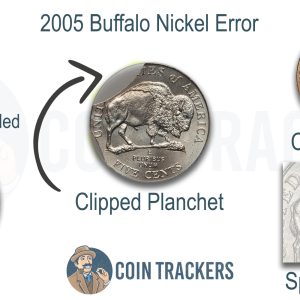
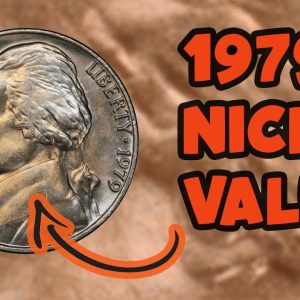
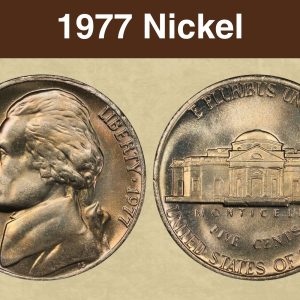
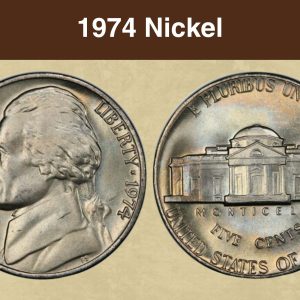
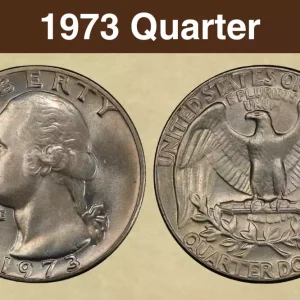
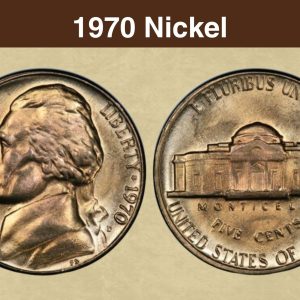
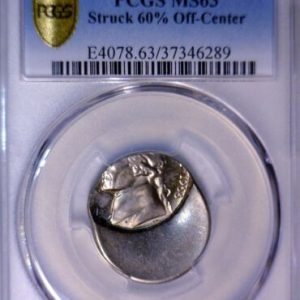
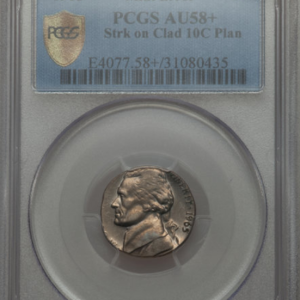
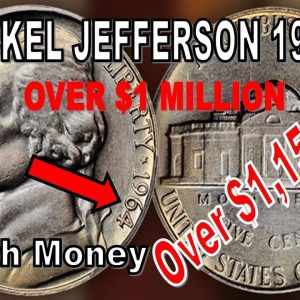
How much is a 1937 Buffalo Nickel worth with no mint mark?
A 1937 Buffalo nickel with no mint mark, indicating it was minted in Philadelphia, is worth between $1.25 and $2 for circulated coins and $5 to $7 for uncirculated coins, though a valuable coin with a high grade could be worth over $100, and rare error coins are worth substantially more. The exact value depends on the coin’s condition and any potential mint errors, such as a 3-legged Buffalo variety, which can significantly increase its value.
What is the error on the 1937 Buffalo Nickel?
The most famous 1937 error is the 1937-D “3-Legged” Buffalo nickel, where the front leg of the buffalo is missing due to a worn die. Other errors include repunched mint marks, die clashes, and lamination errors. The “3-Legged” error is the most valuable, with pristine examples selling for hundreds of thousands of dollars, while other errors are generally less valuable but still sought after by collectors.
What to look for on a 1937 Buffalo Nickel?
Check the buffalo’s front legs and the mintmark for possible varieties that can hold a little (or a lot of) value. The Buffalo Nickel boasts a stunning design by James Earle Fraser showing a realistic Native American on the obverse and a bison on the reverse. The design was beautiful but difficult to produce.
How much is a 1937 S nickel worth?
A 1937-S Buffalo nickel is worth between roughly $1 and $100 in circulated to uncirculated condition, with higher grades and rare errors or varieties commanding higher prices, potentially into the hundreds or even thousands of dollars. The specific value depends on the coin’s condition (grade), mint strike, and any potential errors.